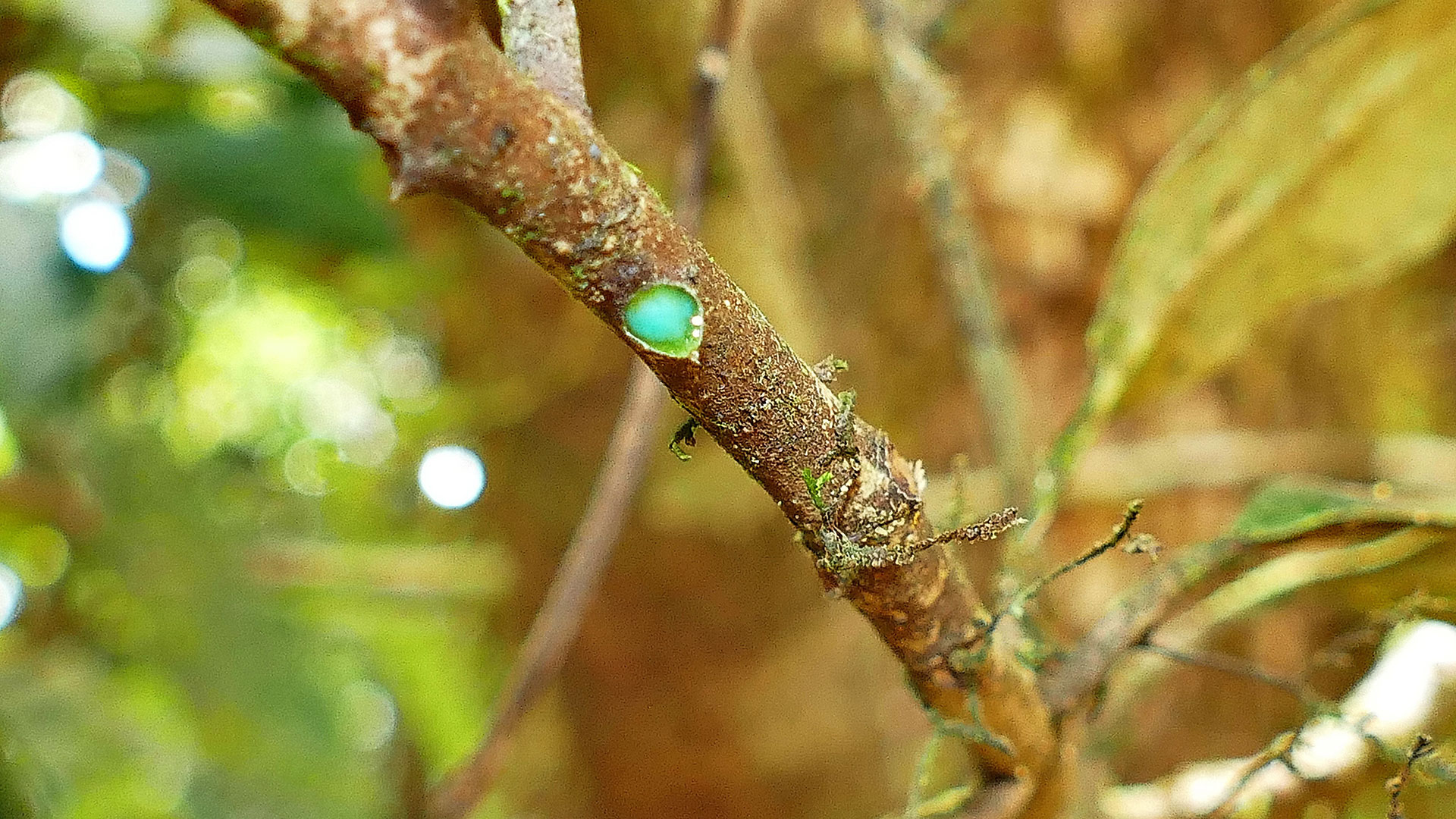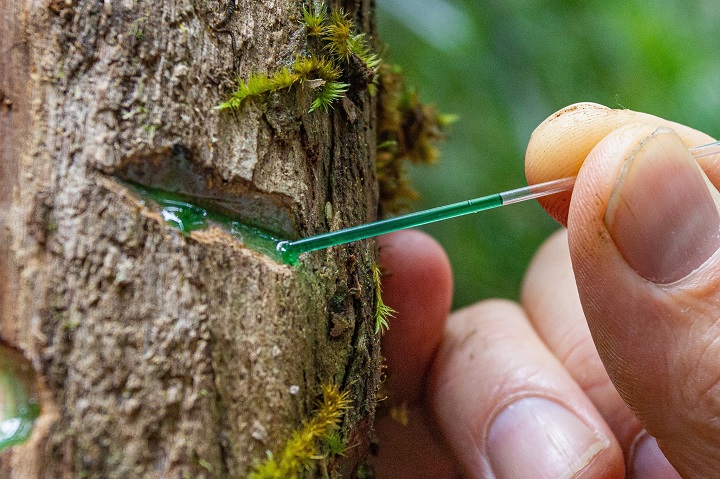
Comments

Interesting plant! I do wonder how exactly was that tree stealing the pins (from the discovery story). Are the tree roots mobile and actively going to the surface to get the pins? Because otherwise, the rate of degradation & absorption would be very long. Long enough for the person to see the pin and grab them back. All in all, this is a very neat plant. It has left me wondering about the world & islands where it is found.

The plant is passively magnetic, to the point where the pins where being drawn to it just from all the nickel contained in it. While tiny amounts probably won't be so magnetic, that's just how much nickel is in this tree.

Interesting article! Firstly nice pun on the naming :) It sounds like quite the usefull plant with its ability to clear the soil of heavy metals. It is also nice that it can be used as an alternative for mining. You mention that only moths pollinate the tree. Is there any specific reason why the flower only is attractive to moths?

I spent way too much time coming up with a name so I'm glad that seems to be worth it. As for the moths, its mainly because the genus this plant is based on has an affinity with moths over other species it seems.
I really like the idea of a plant that can turn pollution into useful byproducts. A nice way to clean up an abandoned mining site or a polluted factory.
Too low they build who build beneath the stars - Edward Young

This is a really interesting plant, I love the role it plays in the ecosystem!
Find your way!
Resources
WHO WE ARE
LEGAL
Our Shop
Development
EVENTS
REACHING OUT
A BIG THANK YOU
To all our Our Patrons for their unwavering love and support.
For the amazing images. His Titanship Christopher Dravus of Ironrise Games, Our Revered Deity Basic Dragon / Rin & His Majesty Caeora




Nice article! I like how you took inspiration from real world metallophytes. Do your world have other plants that can do the same with other metals? How common is this new mining method in your world/on the island? Would some people use it as an excuse to pollute now that they can point out to a solution afterwards? A few typos I noticed: " The high concentration of Ni deters many herbivores from eating it." Since it's the only place where you us the abbreviation, this feels strange. " hey have lead to the technology known as phytoremediation is a cost-effective," you have a "which" missing before your "is". " were other plant species fail" you mean "where" here.
I am planning on some more since I would like mining metals from plants to be an effective alternative to regular ore mining. The island chain is where the practice is becoming more common and is aiming to compete with regular mining worldwide. I think the pollution excuse you mentioned while not my intention could actually be a good motivation for antagonistic forces within my world so thanks. (The idea is that plants can be breed or engineered to mine in the future without having to dig up polluting mines.) But until they arrive greedy people can use these excuses. And lastly, thanks for catching those typos.